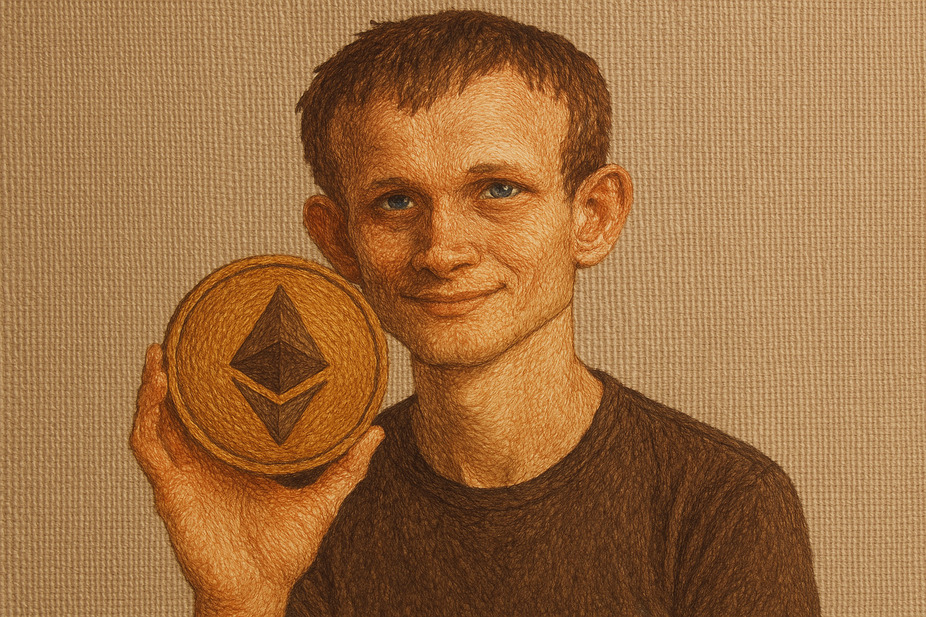Blockchain networks: the essential defense against crypto deepfake scams

Crypto deepfake scams are becoming more and more sophisticated. It’s clear that the traditional, centralized methods of detection just aren’t good enough. These systems are actually flawed, slow to change, and don’t work well against the fast-changing world of AI-driven fraud. The crypto world really needs a “crypto-native” defense: networks designed to identify issues and built on blockchain technology. These networks could encourage a variety of independent model providers to identify real-world fakes, and record these judgments clearly on the blockchain. This approach promises to be more transparent and allow for more flexible use across different exchanges, wallets, and decentralised finance (DeFi) platforms.
The scale of the problem is alarming. In the first quarter alone, deepfake scams siphoned off a staggering $200 million, with over 40% of high-value crypto fraud now attributed to AI-generated impersonations. Criminals are leveraging deepfakes to bypass “Know Your Customer” (KYC) processes and even impersonate executives to orchestrate fraudulent transfers, posing an existential threat that centralized systems appear ill-equipped to handle.
Why are central detectors failing? The issue really comes down to the design. These systems often work in isolation. Vendor-locked solutions are great at detecting their own model’s outputs, but often miss outputs from other models. It’s clear that there’s a problem when the same companies that created generative AI also have the systems that detect it. Also, these detectors are static. They take lessons from past threats while their opponents come up with new strategies on the spot. This means they’re always a step behind. The crypto world can’t afford to rely on these closed systems, because deepfakes are always getting better at tricking them. We need to start thinking about using networks that are spread out and not controlled by one group.
These criminals are very clever. Law enforcement in Asia recently dismantled 87 deepfake scam rings. These used AI-generated fakes of well-known people like Elon Musk and government officials. These scams have got more sophisticated. Now, fraudsters impersonate blockchain executives during video calls. They do this to approve unauthorised transactions. Michael Saylor, the executive chairman of Strategy, said that his team removes about 80 fake AI-generated YouTube videos impersonating him every day. These videos promote fake Bitcoin giveaways. This shows that these attacks on social media are ongoing. Even Bitget CEO Gracy Chen said that “The speed at which scammers can now make synthetic videos, and the fact that social media videos spread quickly, gives deepfakes a special advantage in how far they can reach and how believable they are.”
The data doesn’t lie: traditional detection tools manage only 69% accuracy against real-world deepfakes, leaving a massive blind spot for criminals to exploit. OpenAI CEO Sam Altman himself warned of an “impending fraud crisis” because AI has effectively “defeated most authentication methods.” The crypto industry desperately needs solutions that can evolve as quickly as the threats themselves. This vulnerability even extends to emotional manipulation, with AI-powered romance scams using deepfakes and chatbots to fabricate relationships and extort funds.
A key issue is that people trust major AI companies to control what they produce, especially because of political and economic pressures. Google’s SynthID, for example, only detects content from its own Gemini system, completely ignoring deepfakes created by competing tools. When the same companies that create generative AI are also responsible for its detection systems, it’s inevitable that there will be conflicts of interest. A study in March 2025 showed that even the best centralised detectors got much less accurate. They went from 86% on controlled datasets to just 69% on real-world content. These static systems are trained once and expected to perform forever, but criminals adapt much more quickly than central authorities.
This is where a decentralized, crypto-native defense comes into its own. These networks embody the true principles of blockchain: just as Bitcoin solved the double-spending problem by distributing trust, decentralized detection addresses the authenticity problem by spreading verification across competing “miners” or model providers. Platforms can foster this by creating incentive mechanisms where AI developers compete to build the most effective detection models. The crypto-economic rewards would naturally guide talent towards the best solutions, compensating participants based on their models’ actual performance against real-world deepfakes. This competitive framework has already demonstrated significantly higher accuracy on diverse content compared to static, centralized alternatives.
With generative AI set to be worth $1.3 trillion by 2032, a decentralised verification approach is not just helpful, it’s vital. We need ways to check people’s identities that can keep up with how fast AI is developing. It’s easy to change or get around the usual methods, and central databases can be hacked. Only blockchain’s permanent record can provide the clear, safe base needed to stop the expected rise in AI-driven crypto scams. If we don’t have special systems in place to spot these scams, experts say that by 2026, 70% of crypto crimes could be caused by deepfakes. Hackers impersonating AI bots can drain accounts of centralized exchanges like OKX, as was seen in a recent attack that cost $11 million. DeFi platforms are at even greater risk, as their transactions are complicated by the use of pseudonyms. When criminals can create convincing AI identities for KYC processes or impersonate protocol developers, traditional security measures are simply not enough. Decentralized detection is the only solution that can be made bigger as needed and which follows the core principles of DeFi, which are based on trustlessness.
Looking ahead, regulators are increasingly demanding robust authentication mechanisms from crypto platforms. Decentralized detection networks already offer consumer-facing tools that can instantly verify content. Partnering with companies that provide auditable, transparent verification can meet these regulatory requirements while preserving the permissionless innovation that drives blockchain adoption.
The blockchain and cryptocurrency sector is at a critical point. It can either keep using centralised detection systems that will eventually be outpaced by criminals, or it can switch to a decentralised system. The latter approach will make the industry more resistant to the growing threat of AI-fueled fraud, offering a more secure and resilient future for digital assets.












